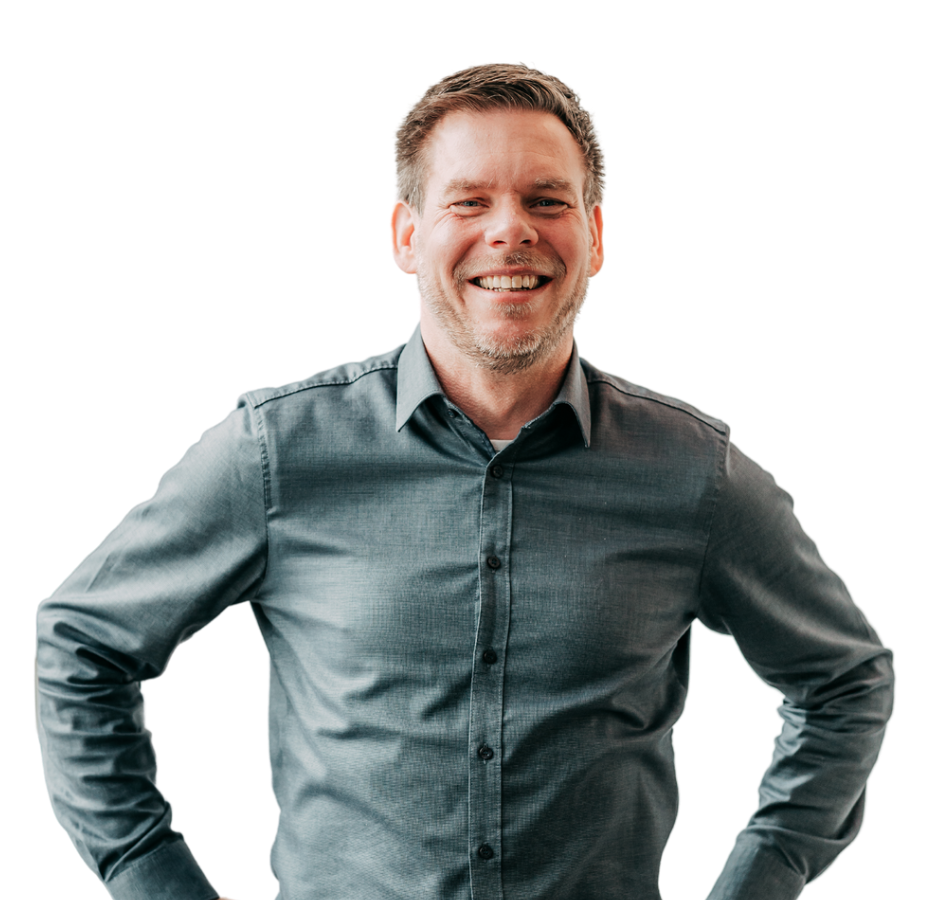Where does the real value lie?
We connect strategy, bricks and people at every point in the life cycle
Automating
Data-driven maintenance plans cut operating costs by up to twenty per cent without compromising quality.
Integrating
We align care processes and property models so circulation routes, daylight access and funding streams click seamlessly into place.
Innovating
From modular construction to circular materials — we assess every innovation for patient experience and profitability.
Navigating
Legislation changes faster than ever; we keep the compass steady so your project does not run aground on permitting issues.
Imagine a Swiss Army knife.
Imagine a Swiss Army knife
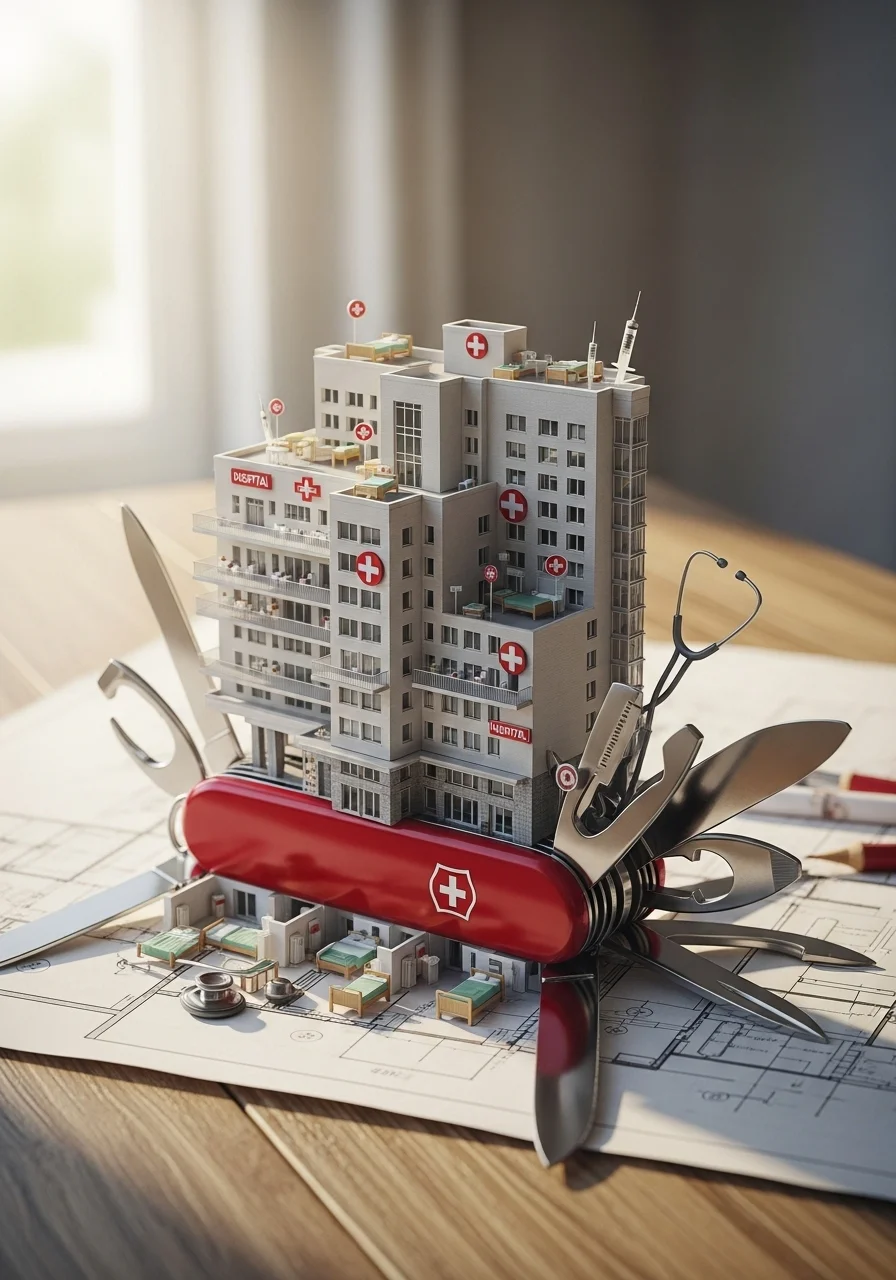
We merge property expertise, care knowledge and project management in one compact team. Many projects stall on small, human details: a care department that fails to engage or a financier who spots a single risk. We tackle things differently.
Strength in three dimensions
Expertise: advice on more than 150,000 m² of healthcare real estate.
Authority: involved in national policy rounds on long-term care (Wlz) financing.
Reliability: zero contractual disputes since 2012 — not bad, right?
Care processes become sharper
Construction costs stay transparent
Operations align logically
Risks surface early
Stakeholders feel heard
Our approach: five steps from vision to operation.
A step-by-step route from listening to lifelong optimisation.

Step 1: Listen & understand.
We start with coffee, plenty of questions and a critical look at your care vision. Without clear care concepts, there can be no suitable building.
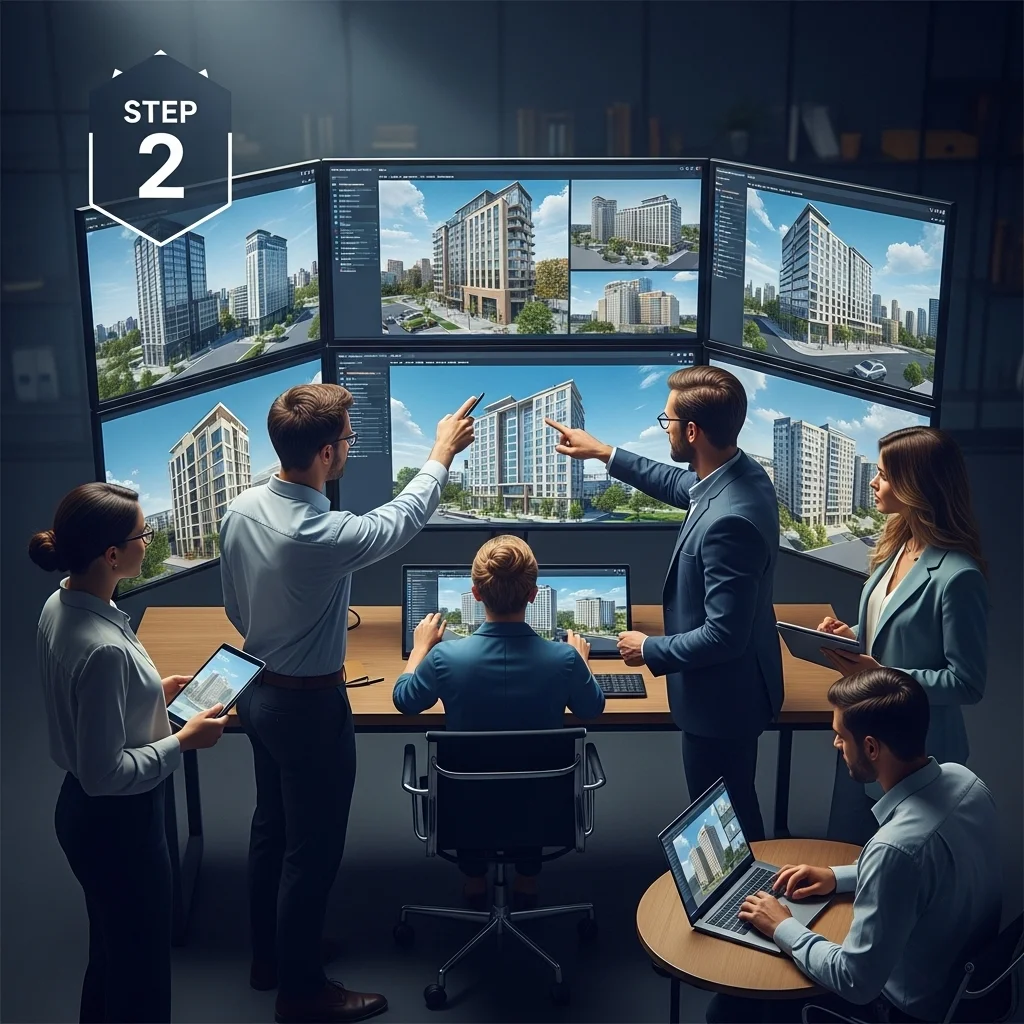
Step 2: Explore scenarios.
Together we sketch different accommodation options. We calculate, draw and simulate — and quickly discard what is not viable.

Step 3: Decide through dialogue.
Decisions stick only when executives, care staff, property managers and financiers speak the same language. We make sure they do.
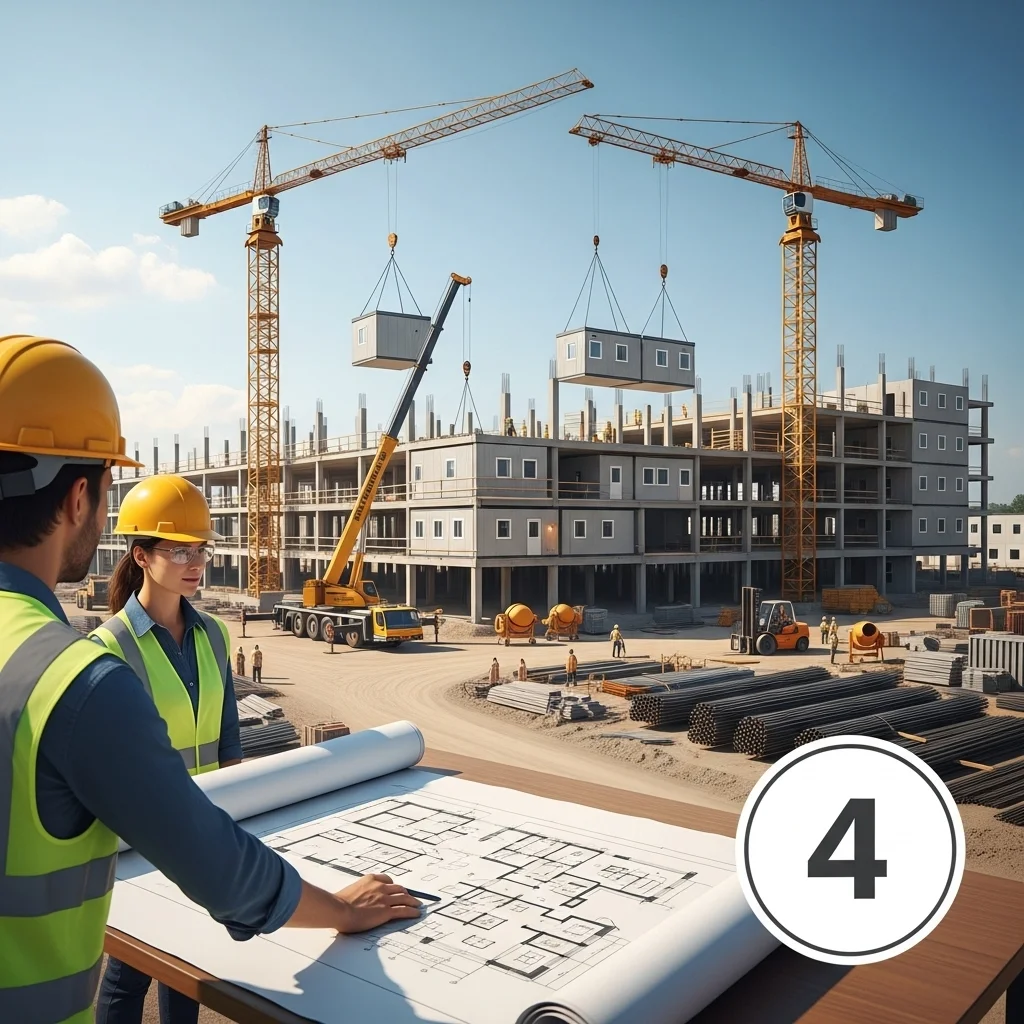
Step 4: Realisation guidance.
During design and construction we keep our seat at the table. We steer on quality, schedule, budget and patient comfort — sometimes with a decisive tap on the table.
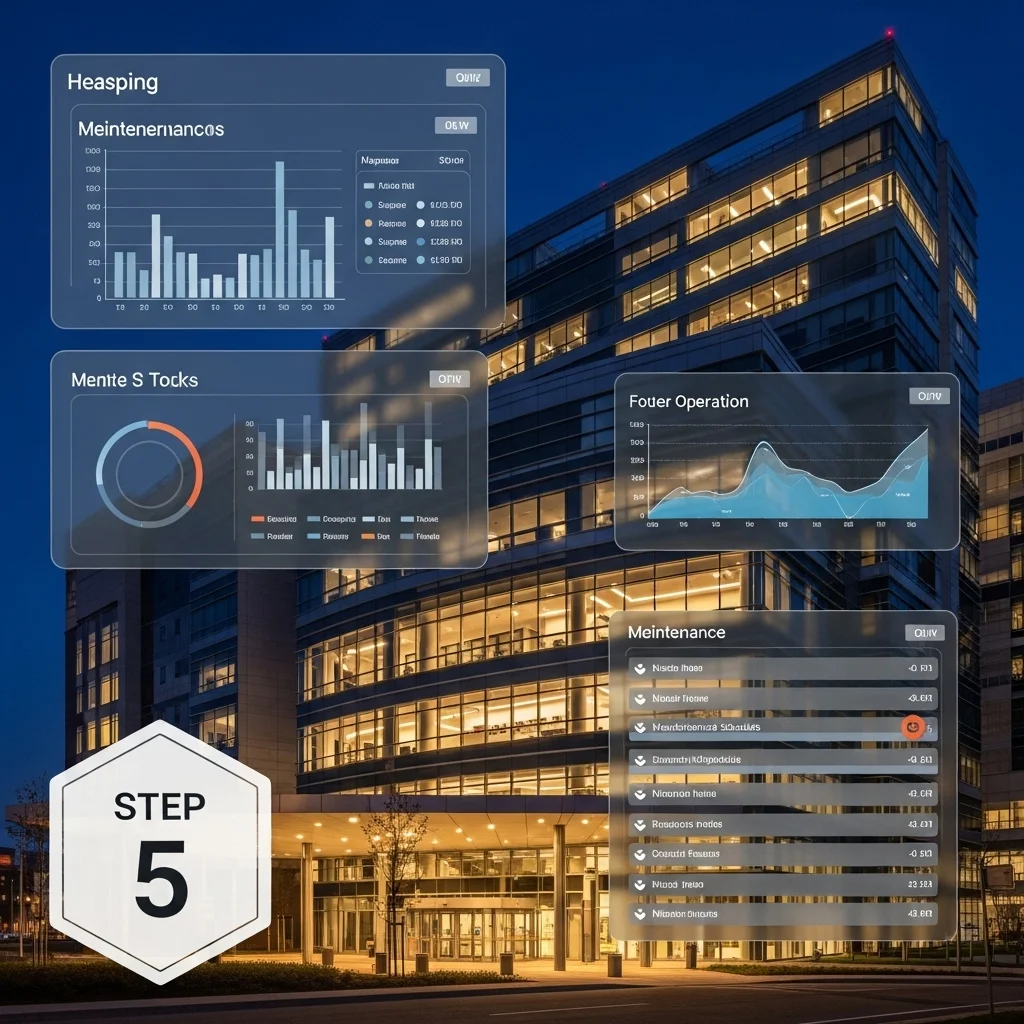
Step 5: Lifelong optimisation.
Completion is not the end. We monitor performance, update maintenance data and anticipate changing care demand.
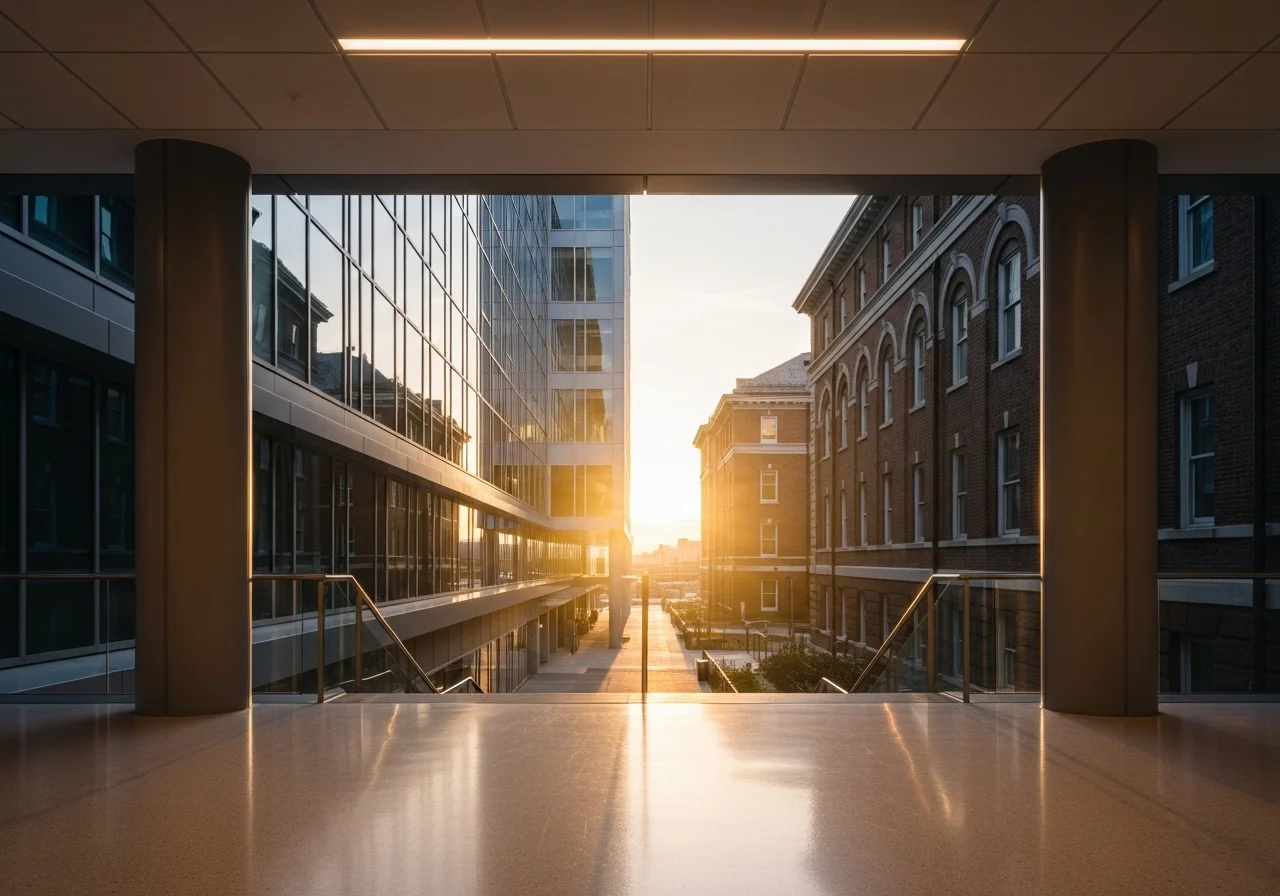

Ready to make healthcare real estate truly valuable?
Chat with one of our advisers with no obligation. Together we will discover whether your challenge fits our philosophy — and vice versa.
A philosophical view on brick-and-mortar care
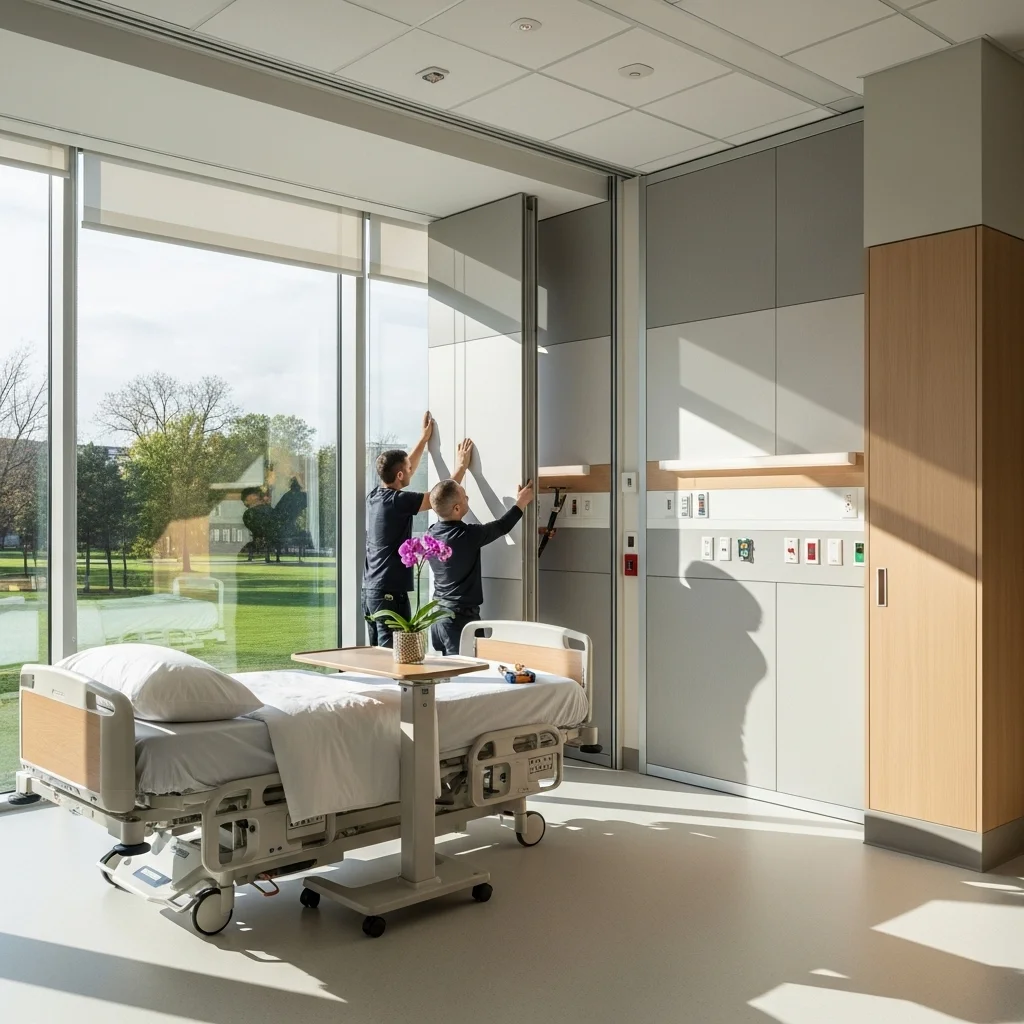
Why buildings are more than walls with medical kit
Tomorrow's care demands spaces that move with emotion and technology. Think of quiet areas for informal carers or flex rooms where ICU equipment is operational within ten minutes.
The building as caregiver
Architecture reduces stress. Daylight, short walking routes, wide vistas — they demonstrably aid recovery.
Temporality as a design principle
Patient populations shift. Modularity offers a form of insurance against demographic fluctuations.
Practical tips for results
Immediately applicable to your next project
In practice we often see projects stall on vague starting points. These tips help you avoid that.
Bring tenants in early
Let nurses shadow the architect for a day.
Use VR mock-ups so people literally walk through the future corridor.
Sharpen financial scenarios iteratively
Do not calculate operating costs once; do it monthly during design.
Prepare sensitivity analyses for interest, inflation and occupancy.
Permits? Start backwards
Begin with the end-user assessment by the environmental agency. Only then move to technical detailing.
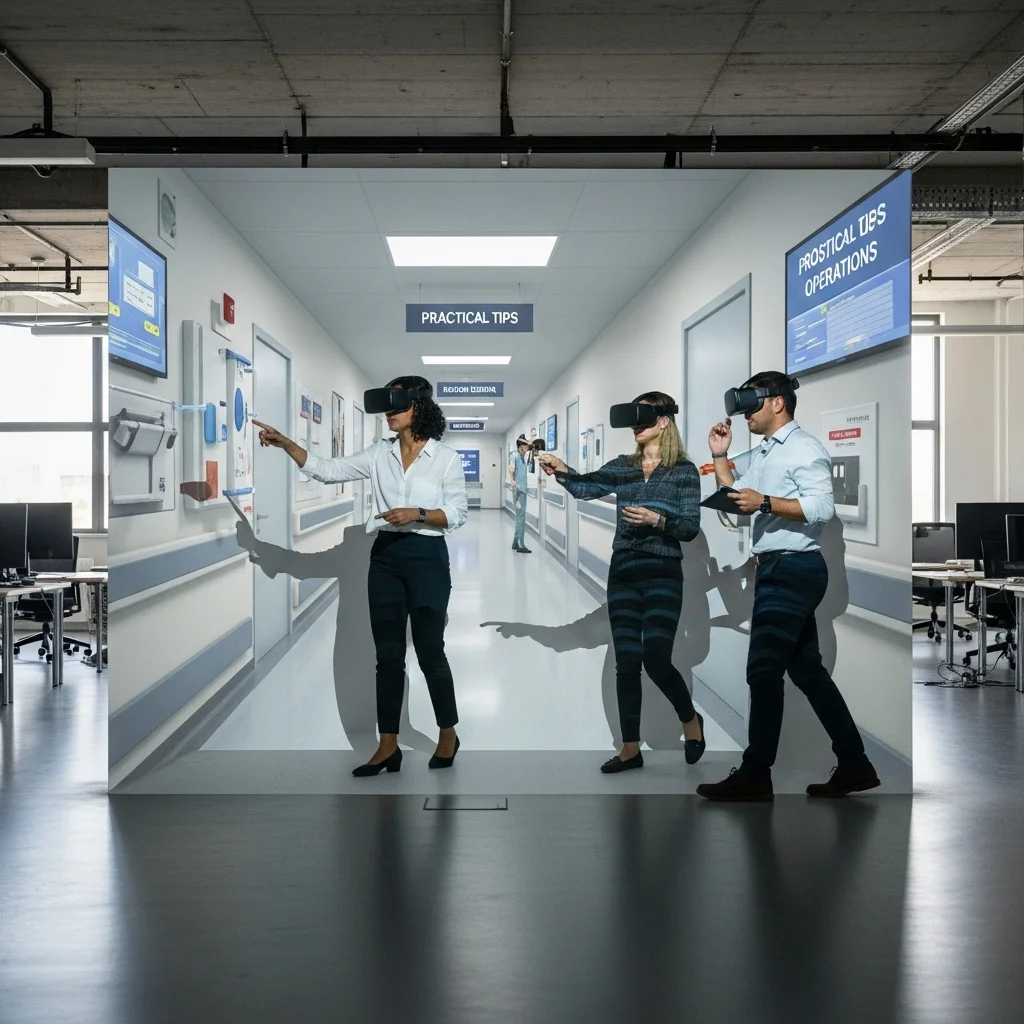
A critical eye on trends

Not every hype belongs in healthcare real estate
We often see fancy sensor systems installed but left switched off due to privacy concerns.
Digital twins
Sounds great, but without a capable data analyst the 3D copy soon gathers dust.
Timber construction
Sustainable, yes. Yet moisture sensitivity in high-risk care areas often leads to extra maintenance.
ESG rating
A fine focal point for investors, but it must not overshadow staff experience — no one wants a ‘green’ building that works awkwardly.
Why choose a specialised healthcare-real-estate consultancy? 😊
Care institutions have specific regulations, funding streams and user groups. A general consultancy often misses that nuance. We speak the language of both the care manager and the developer, so decisions land faster and better.
Is new-build always better than repurposing? 🤔
Absolutely not. An existing school or office tower can, with smart interventions, become perfectly suitable for, say, geriatric care. It depends on location, structure and operating horizon.
How long does an average project take? ⏳
Every case is different. A feasibility study can be done in eight weeks; a full new-build project often spans several years. The key is a realistic schedule with clear decision points.
How do I involve care staff effectively in the design? 🩺
Organise co-design sessions, use VR mock-ups and plan corridor feedback. This builds ownership and yields valuable workflow insights.
What does advice from Propos Consultancy BV cost? 💶
Costs depend on scope and risk. We use transparent budgets so you are never surprised.
Does healthcare real estate have a future in the investment market? 📈
Certainly. Ageing populations and rising demand for long-term care make the segment attractive. Long-term commitment is crucial, though; quick wins are rare.
Is circular construction really possible in healthcare? ♻️
Yes, provided you integrate phasing and material passports early in design. This way the building can later be dismantled without disrupting care continuity.
How do I deal with changing regulations? 📜
Maintain a regulation radar, draft scenarios and work with flexible space schedules. We supply templates and keep sparring as laws evolve.

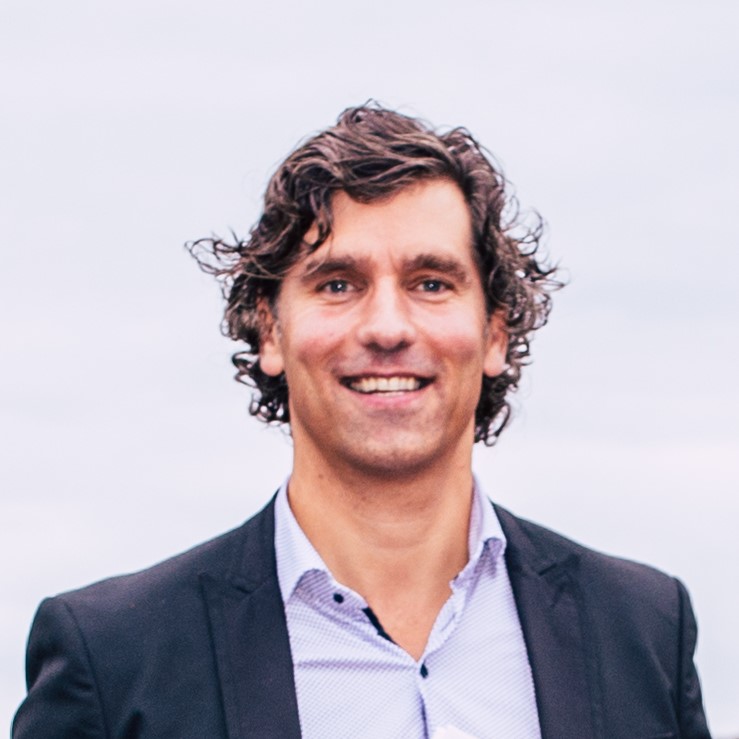
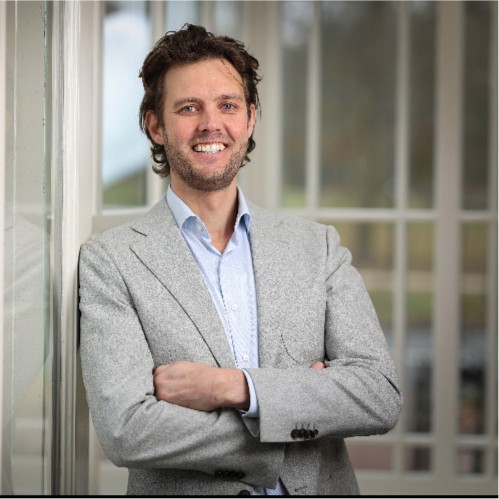


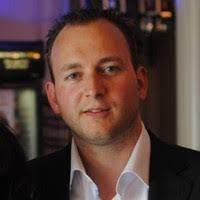

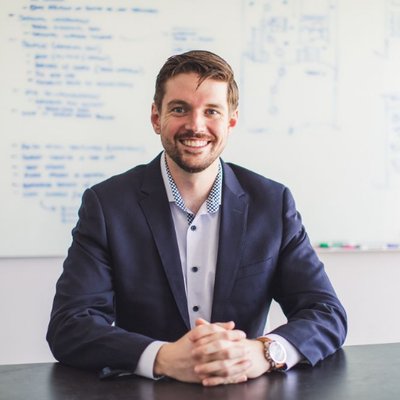
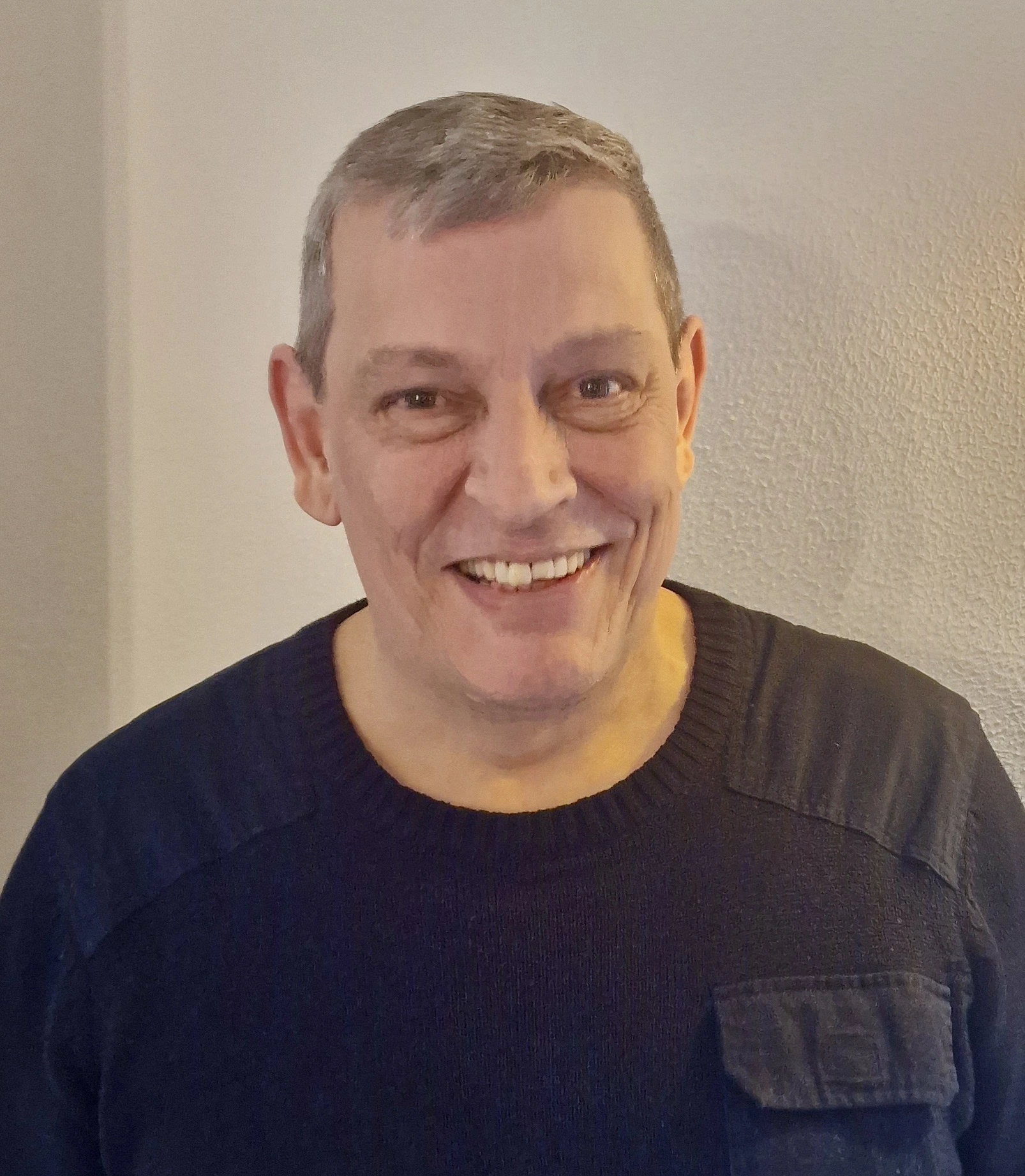

.webp)
